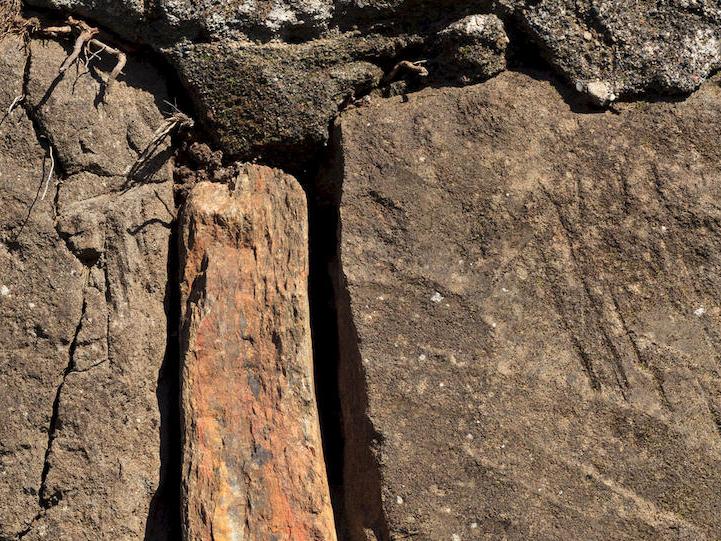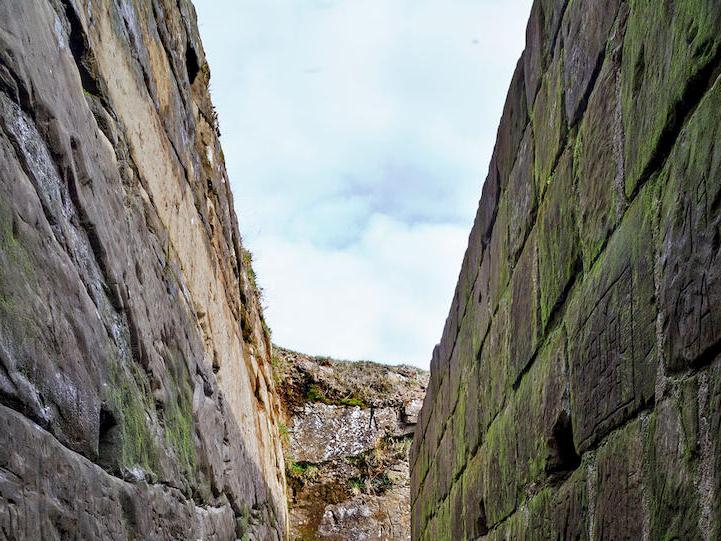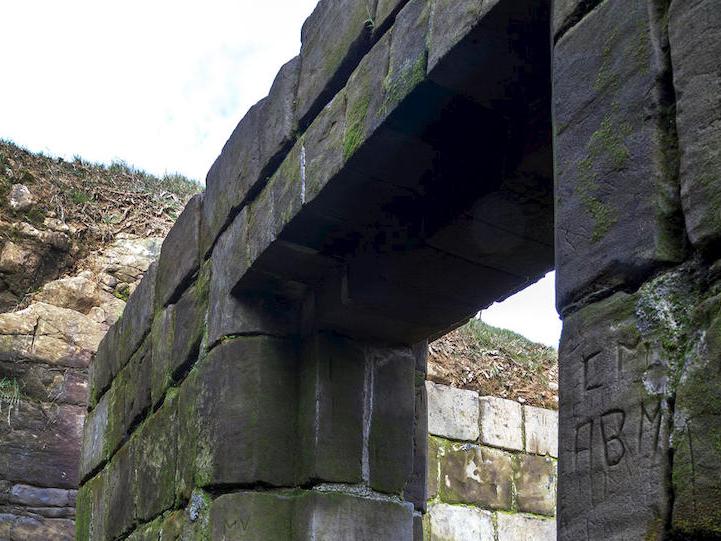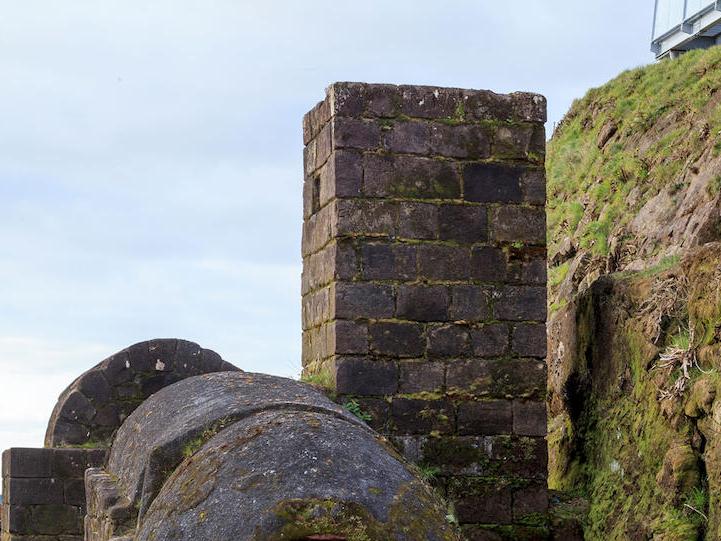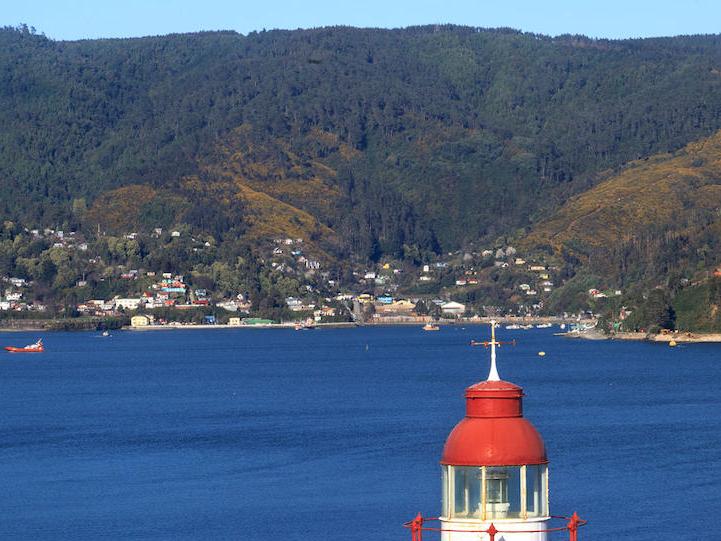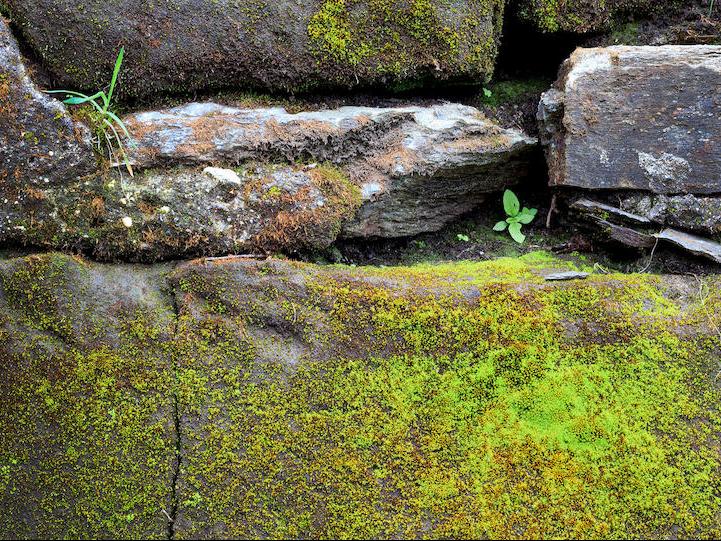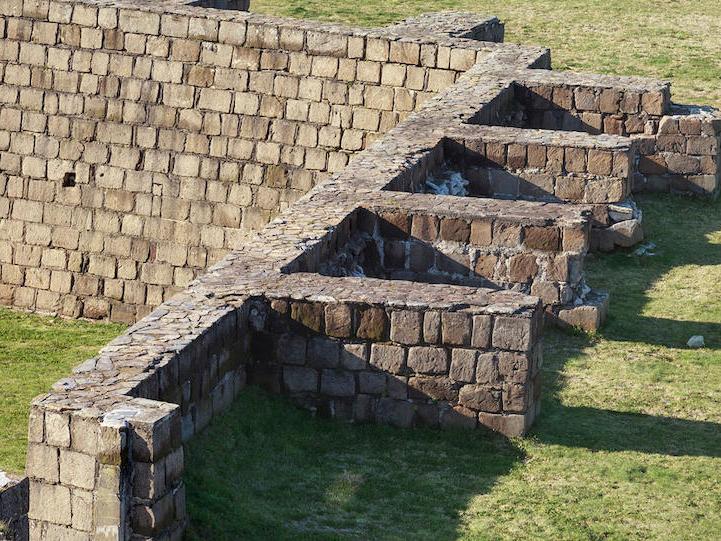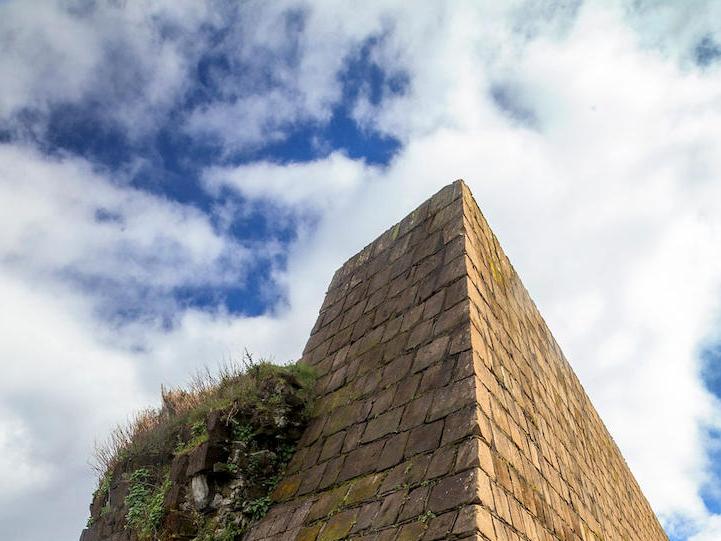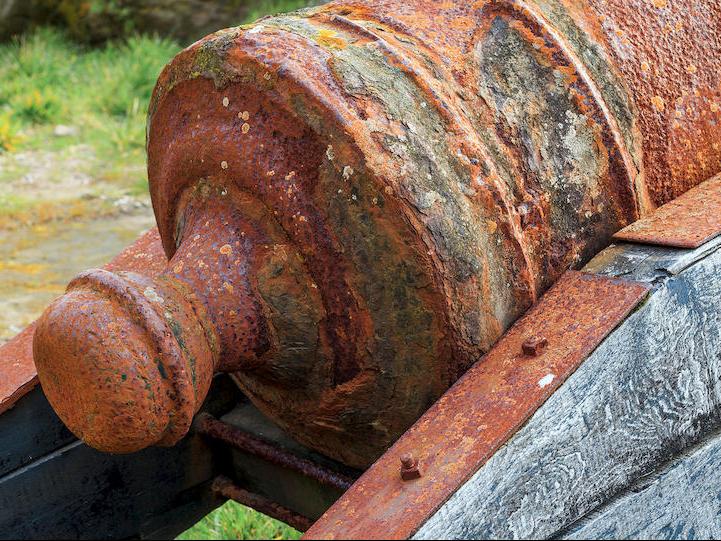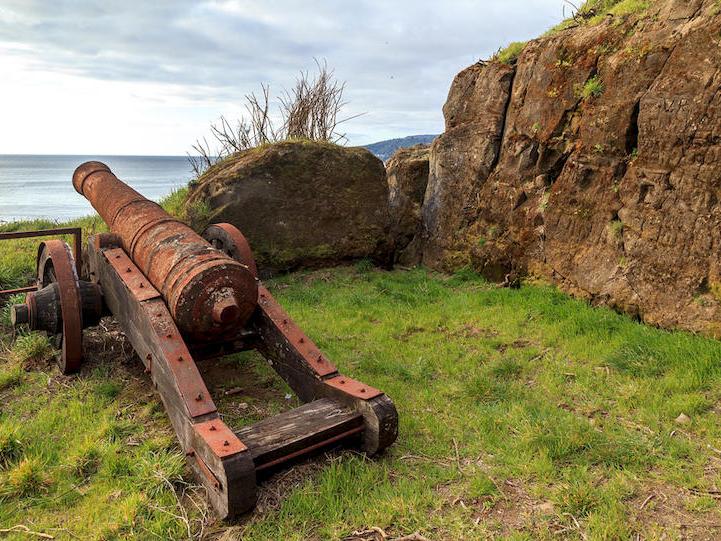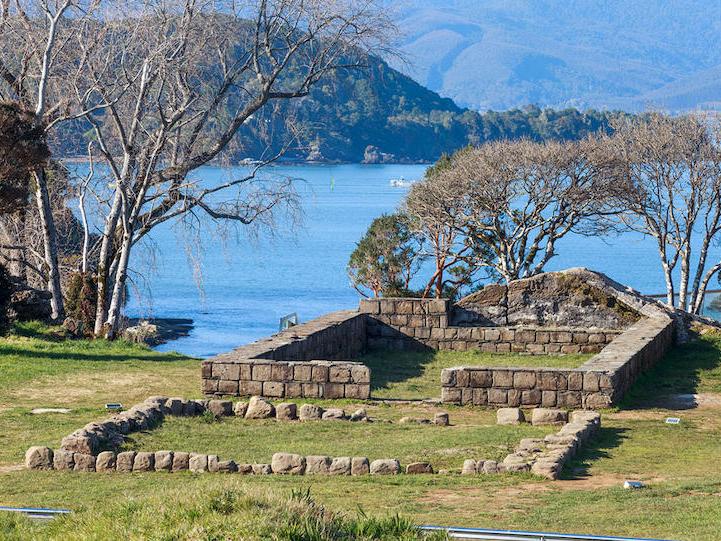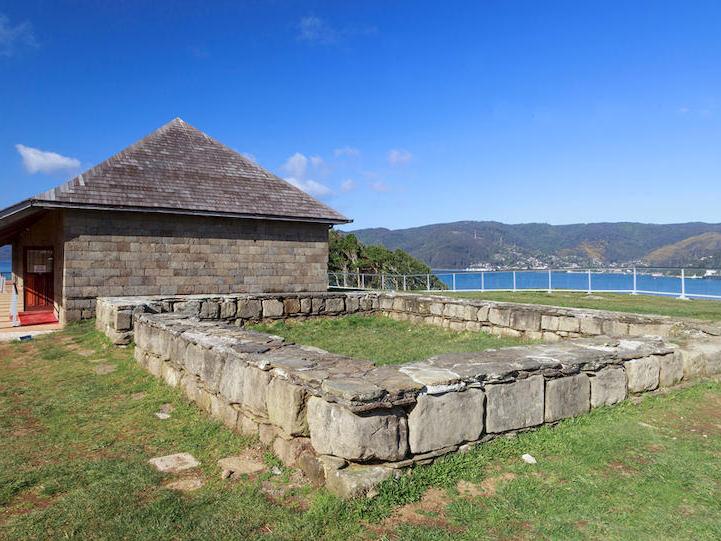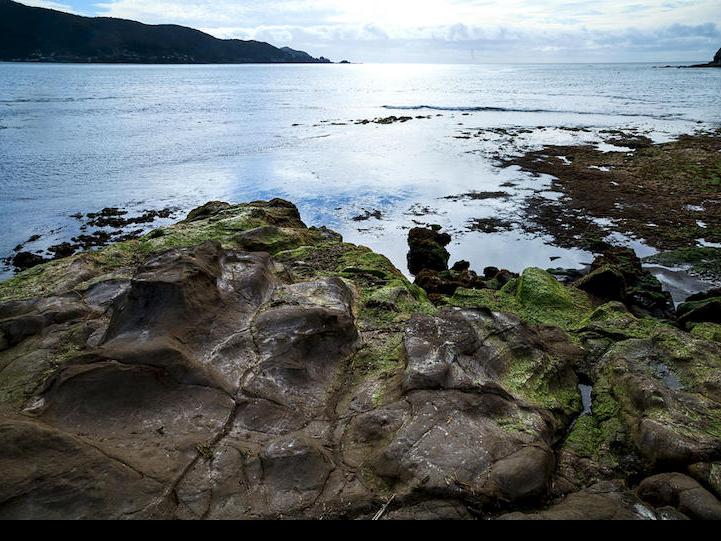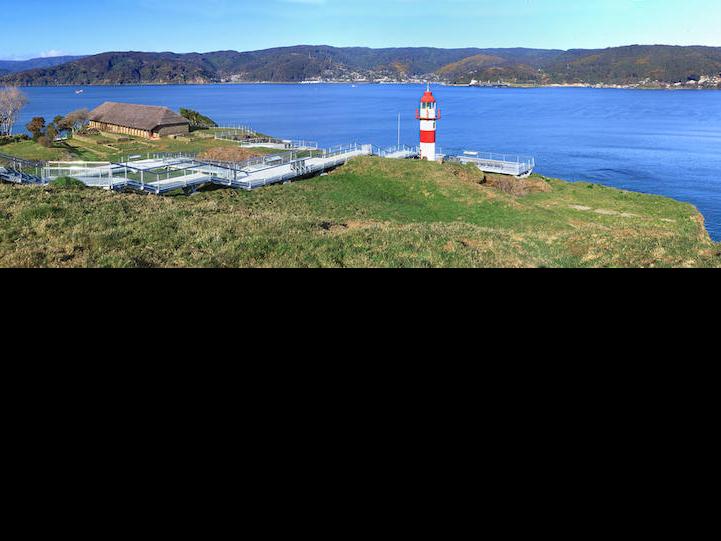Until the twentieth century, all ships sailing between the Atlantic Ocean and the Pacific necessarily had to pass along the coast of Chile. Valdivia was the best port for riding out storms, stocking up on fresh water and food and obtaining wood for repairs and, by 1544, it was already appearing on the first maps of the New World. At the end of 1599, the old city was destroyed in an uprising, led by Pelantaro, in which the Mapuche recovered their ancestral homelands in the south of Chile and Argentina.
The advantages of the estuary and its strategic importance meant that the enemies of the Spanish crown - the English, the Dutch and the French - coveted this remote part of the world. In 1643, Dutch privateers led by Hendrick Brouwer and Elias Herckmans established a colony in Valdivia where they built a fort and held local parliaments.
However, in the face of a harsh winter, a scarcity of food and the hostility of the Mapuche, they abandoned it after only three months. When this was reported to the Spanish crown’s network of spies, the Viceroy of Peru sent his son to recover the city in 1645.
The Spaniards then established what was to become the largest defense system in the Pacific, with 18 interconnected fortified points that made the port impregnable. Forts of different sizes and lookouts, equipped with stone-firing cannons, factories, docks and five castles were all built with prison labor brought from around the Viceroyalty to what was known as “the key of the South Sea”. No pirate ever fought again in these waters, although 14 ventures proposed to do so.
Life in Niebla consisted in the forced labor of the prisoners and those who had been relegated there, their hunger and the persistent rain of the impenetrable forest.
In 1820, a naval force led by Lord Thomas Cochrane, pretending to be bringing economic assistance from the Spanish crown, attacked the Castle of Corral by land and annexed Valdivia - “the Gibraltar of the South” - to the new Chilean Republic.
In 1950, the “Castle of the Pure and Clean Conception of Monforte de Lemos” - as Niebla Castle is also known - was declared a National Monument and, in 1992, a Museum was founded to foster integral understanding of the territory and its history.






















